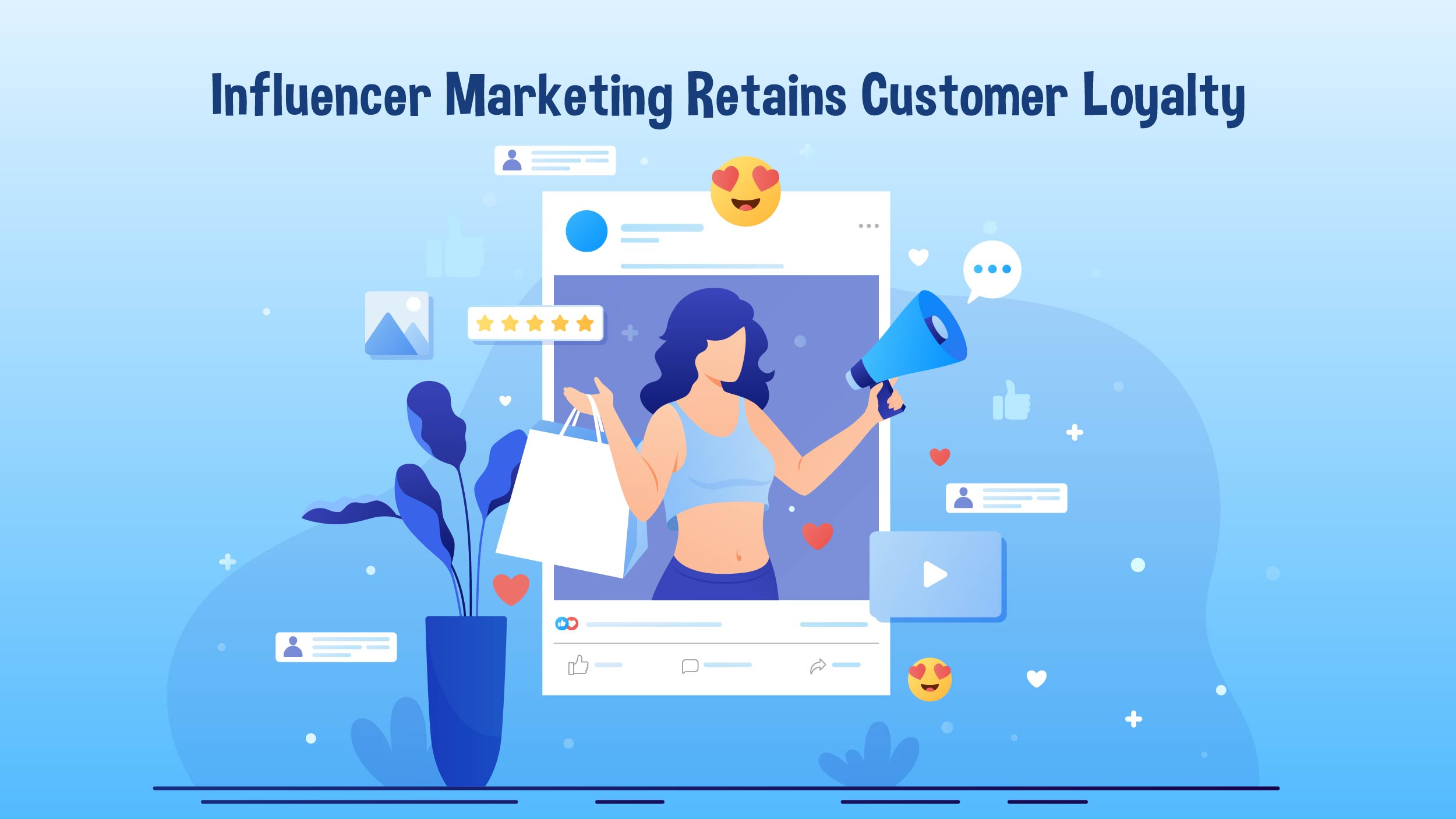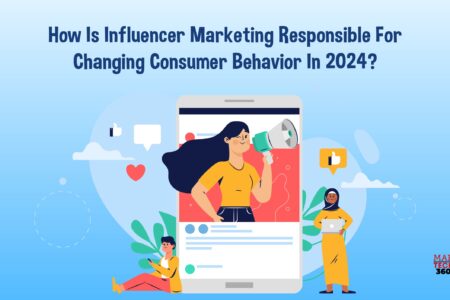Ten years ago, influencer marketing was primarily the domain of celebrities and a select group of committed bloggers. Today, the landscape is saturated with the rise of social media influencers.
Despite variations in their follower counts, these influencers wield significant influence. Their engaged communities cultivate authentic connections, fostering higher levels of trust and engagement.
Navigating the collaboration process with digital creators and influencers has become a sophisticated task for brands. We’re here to provide a guide to help you make sense of it all. Before going further let’s understand the impact of influencer marketing trends 2024.
What is Influencer Marketing?
Influencer marketing is a facet of social media promotion leveraging endorsements and product mentions from influential individuals—those with a dedicated following and recognized expertise in their niche.
This approach succeeds due to the substantial trust influencers have cultivated with their audience. Their recommendations act as a powerful form of social proof for potential customers interested in your brand.
Since 2019, the global influencer marketing value has surged, reaching $21.1 billion as of 2023. The United States, housing numerous top social media influencers, accounted for approximately 75% of the global spending on this medium in 2023.
High Return on Investment
According to the State of Influencer Marketing 2020, around 66% of marketers intend to boost their marketing budgets, and this category of marketing is quickly overtaking organic search, sponsored search, and email marketing as the fastest-growing channels for businesses. Furthermore, businesses earn $5.78 for every dollar spent on influencers, with some earning up to $18.
Also Read: Sentiment Analysis: Turning Words into Insights
Influencer Marketing Retains Customer Loyalty

Fashion and Beauty Companies Applications
Since organic growth for firms has grown increasingly difficult without advertising and amplification, the fashion and beauty sectors rely significantly on influencer marketing. In this industry, 57% presently employ influencers as part of their marketing mix, with another 21% planning to do so in the coming years.
Social Networks to Guide Purchasing Decisions
Three-quarters of customers trust comments they find on social media, including those from friends, relatives, and influencers, to help them make the best decision about buying a product or service, according to statistics released by Matter Communications. Catering to Gen Z and Millennials opens up significant opportunities for marketers in product marketing to reach new consumers and impact important cohorts.
Ad-Blocking Resistant
According to Backlinko, ad-blocking is used by 37% of laptop users and 15% of mobile users in the United States, as people are tired of being bombarded with pop-ups and banner ads. People aren’t blocking videos from their favorite social media stars; in fact, they’re devouring everything they say. The power of advertising is shifting from corporations to individuals and influencers.
These figures demonstrate, more than ever, the effect of social media networks on our shopping decisions, as well as how influencers have become a route for advertisers.
How Much Does Influencer Marketing Cost?
Following are a few instances from the search results:
- Pricing for Instagram influencers is as follows: nano influencers, who have 1,000–10,000 followers, charge $10–100 for each post; micro-influencers, who have 50,000–100,000 followers, charge $100–500 per post; and macro influencers, who have 500,000–1 million followers, charge $2,000–50,000 per post.
- For a campaign that focuses on results, marketers may anticipate paying anywhere between $250 and $750 using the new influencer marketing price model.
- On Instagram, a middle-level influencer often charges $271 for each post.
3 Best Influencer Marketing Platforms
Brands and agencies can use influencer discovery tools from influencer marketing platforms. Some of these platforms also offer large, searchable databases of potential influencers. Given below are the three major platforms in this category:
Grin
Grin focuses on eCommerce companies with integrations into some of the top shopping platforms. Grin imports all of the people who have registered on your e-commerce website and locates their social media pages. This gives you a list of possible influencers who have all previously bought and appreciated your products, along with their pertinent statistics.
Creator. Co
In 2018, Shop and Shout, an influencer marketplace with an emphasis on small businesses and micro-influencers, gave birth to Creator. co. Recently, it changed its name to Creator. co. This illustrates how the platform places equal emphasis on content creation and distribution. The platform cares just as much about the quality of that material as it does its marketing because a lot of it is created by micro-influencers.
Upfluence
Upfluence is a self-serve platform, allowing it to keep prices at a level that small and medium-sized enterprises can afford, even if it also uses the services of organizations like Microsoft and PayPal. It recently evolved from two products: the influencer relationship management platform Publisher and the social media search engine Facade.
500 million pieces of content from Facebook, Twitter, Instagram, YouTube, Pinterest, and blogs are used in its enormous database. Businesses can use the database to seek influencers who meet their unique requirements. The database contains a lot of information about each influencer. Businesses can delve deep into the data to locate the influencers best suited to their needs.
Wrapping It Up
Influencer marketing has become a lasting presence evolving rapidly, we can anticipate witnessing more significant changes in the next five years. Despite the distinct nuances of working with influencers, setting up a campaign follows the familiar steps of most marketing efforts: conduct research, establish a budget, define goals, identify suitable influencers, and continuously review and refine your approach.

